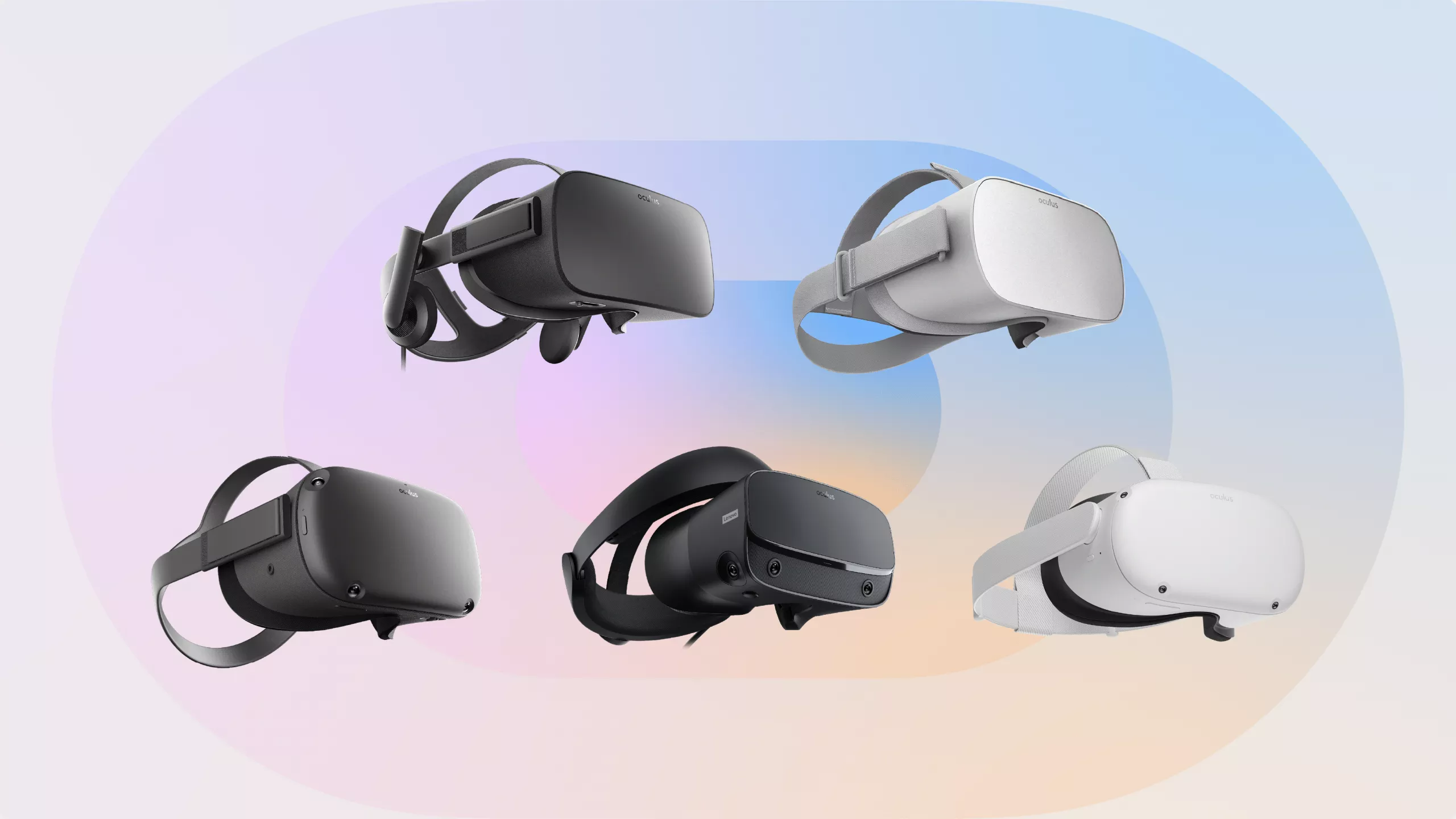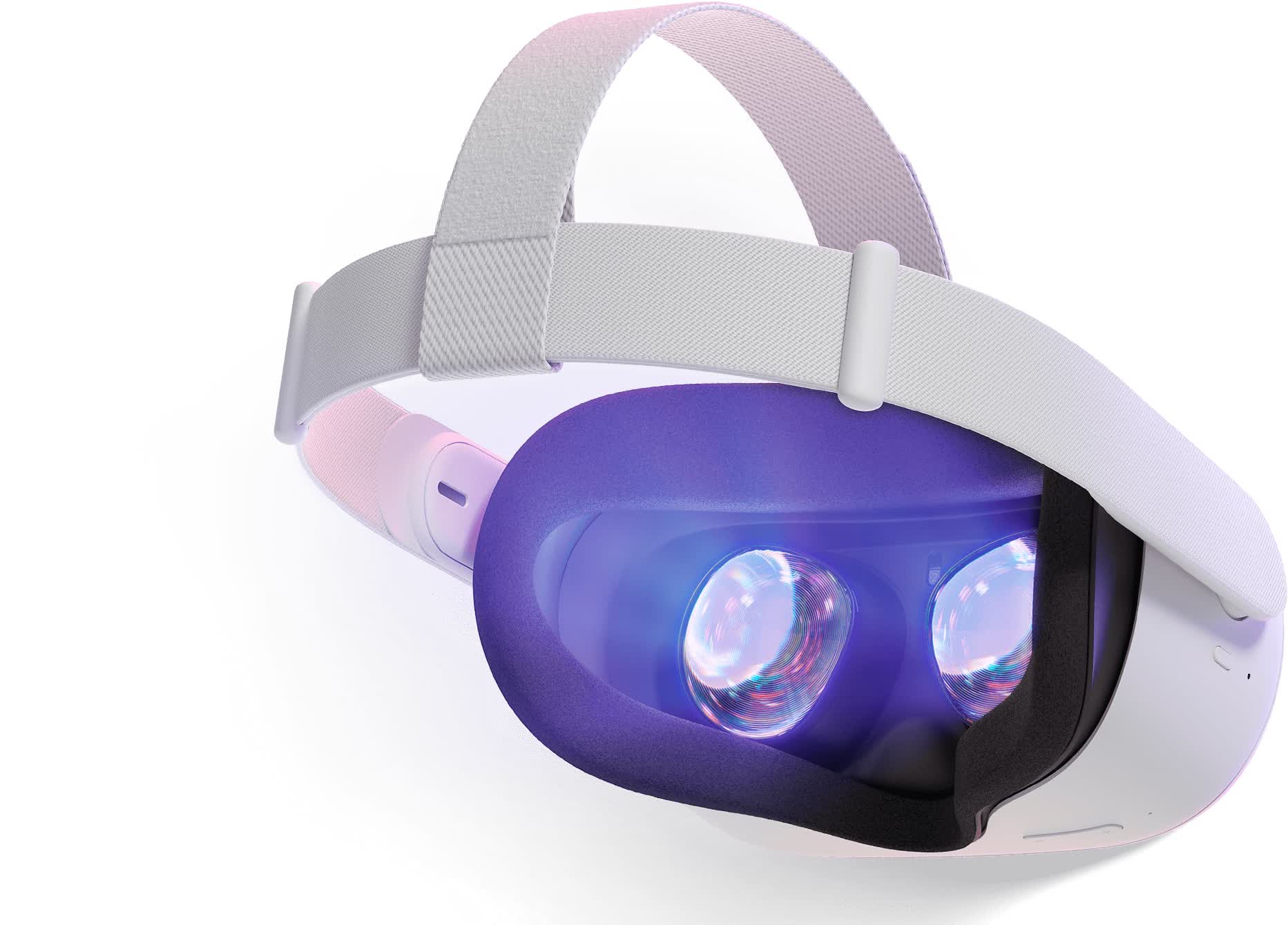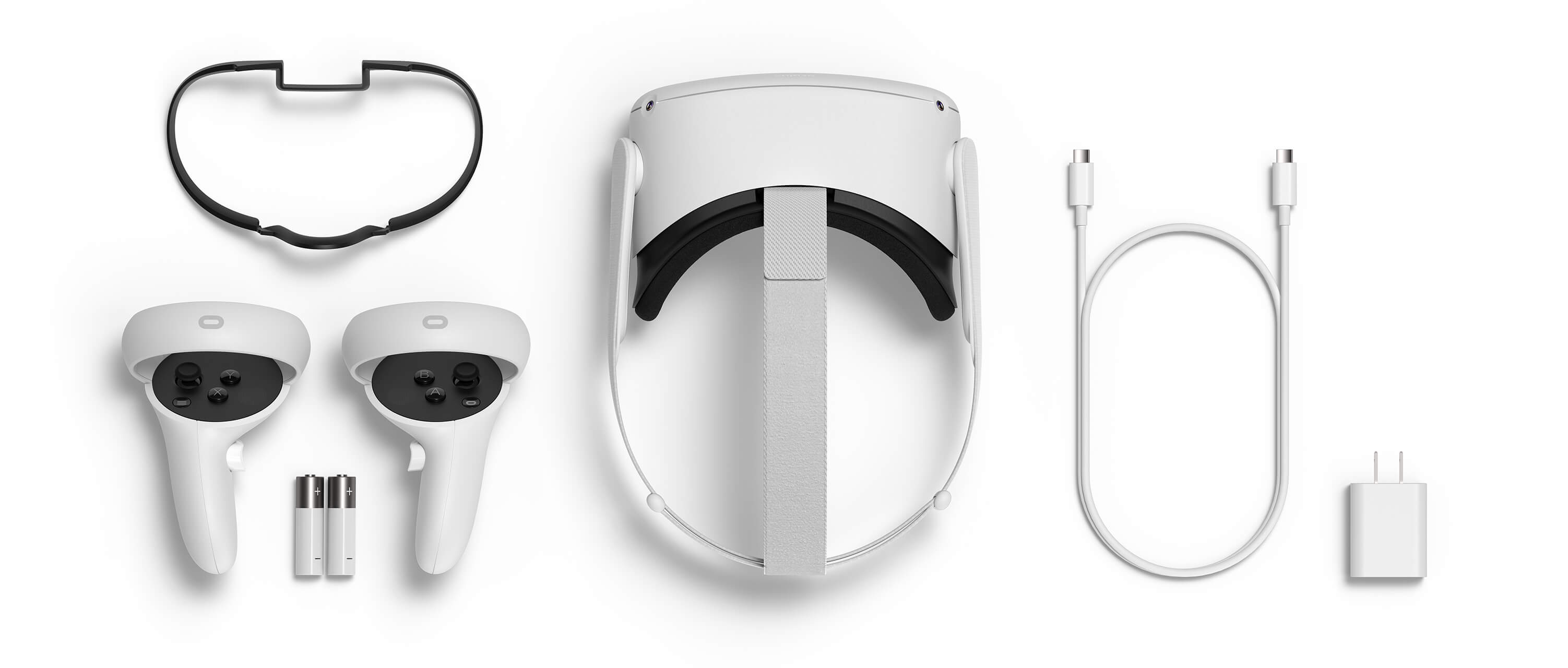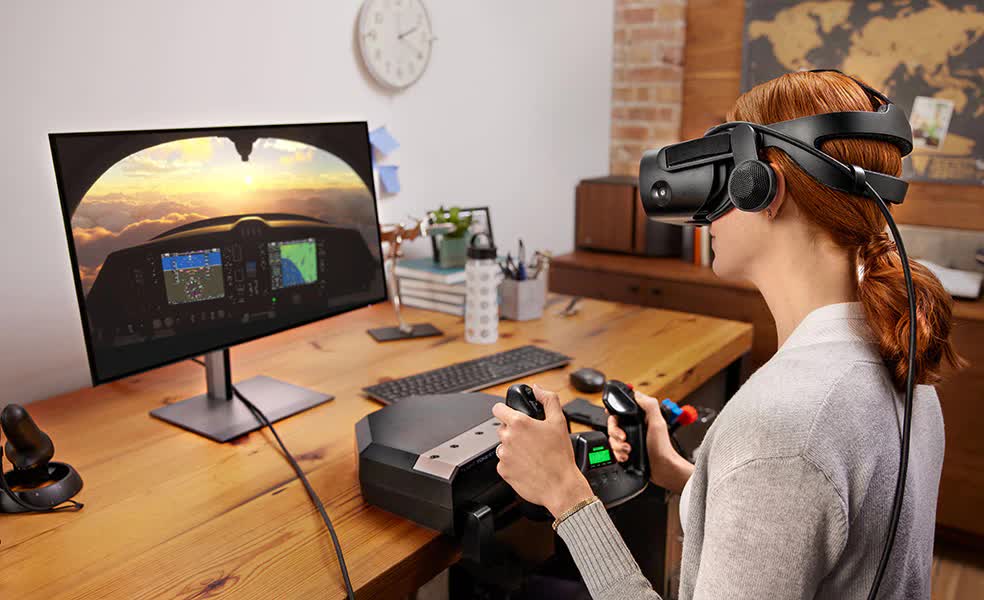While virtual reality is far from hitting the mainstream, the technology has progressed significantly in the past decade, showing its true potential. Whether it's for immersive and unique gaming, in-depth education and research, 3D design, or development, VR has gained momentum and is piquing the interest of tech enthusiasts everywhere.
But which headset is right for you? We have some options and recommendations depending on your budget and enthusiasm for immersive virtual reality tech.
Best Affordable VR
Meta Quest 2
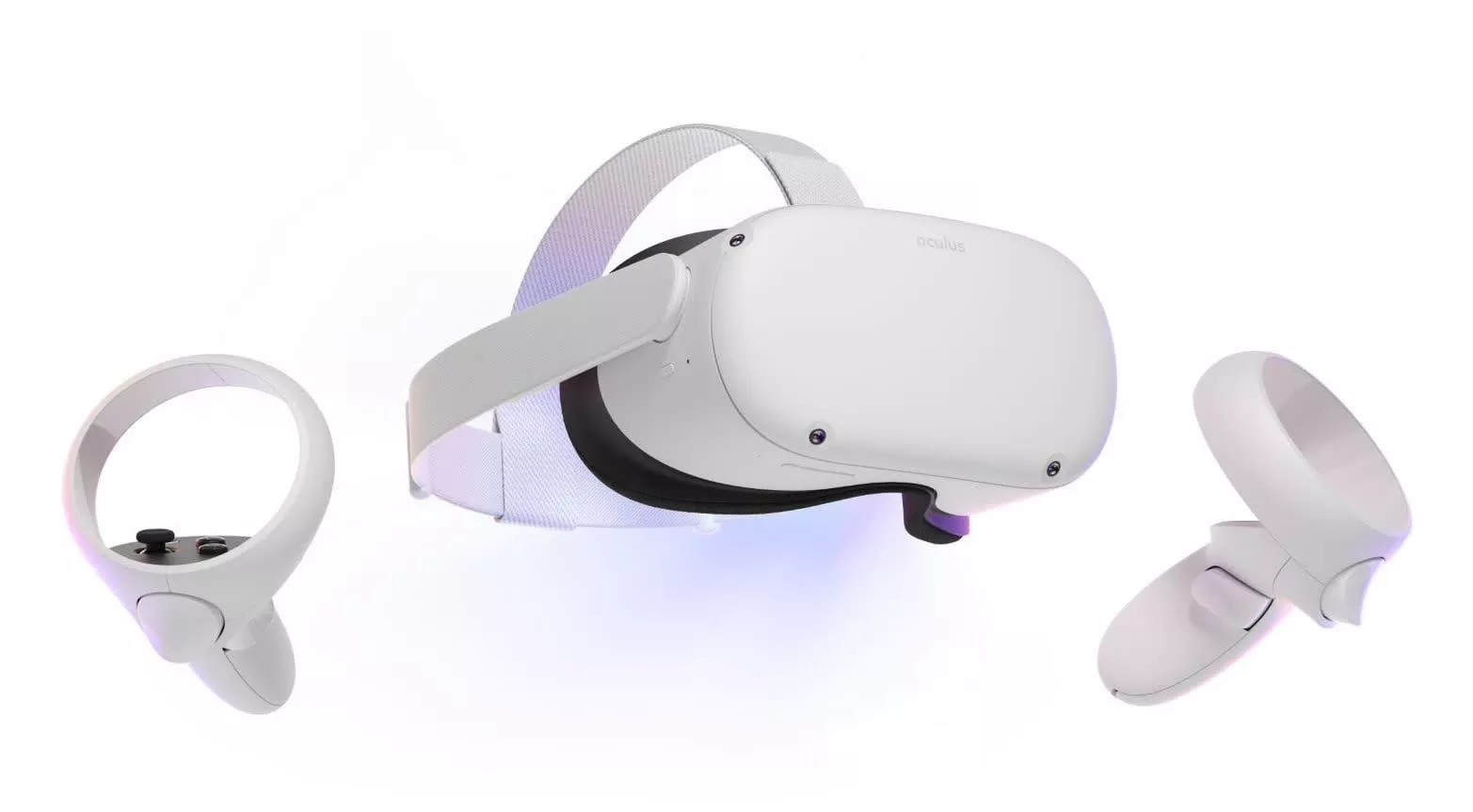
Great | Differentiating Features
Wireless. Inside out tracking. Doesn't require a PC. Affordable. Meta Link.
Good | Most Have It
Mobile games aren't as good as fully fleshed out titles on PC.
Average | Competitors May Be Better
Limited battery life. Poor image quality in comparison to other dedicated headsets. Speakers aren't great. Facebook integration.
Virtual reality has a stigma of affordability and practicality. When the technology started becoming more prevalent, headsets were not only expensive but required a high-spec computer and lots of space. Today, products like the Meta Quest 2 (formerly Oculus Quest 2) are helping to broaden the audience of VR. What makes the Quest 2 so appealing is that it's less than the price of a gaming console, and doesn't require users to be tethered to a dedicated PC or scanned out play space.
The Meta Quest 2 achieves this by having a built-in Snapdragon XR2 SoC and 6 GB of RAM. The headset packs a single 90 Hz LCD screen, with a 1832x1920 resolution for each eye. That isn't as responsive or high definition as other dedicated options out there, but it's a good enough starting point for some immersive gaming on the go, especially for the price. Also, experimental support for 120Hz refresh was added with a recent software update. It features six-degree tracking support through four cameras built into the headset and includes a pair of controllers.
Perhaps one of the more intriguing aspects of the Meta Quest 2 is its modularity. There are additional accessories including an updated head strap with an extended battery, carrying cases, adjustable face masks, and you can even use your own headphones with the headset.
However, since the Quest 2 is a mobile device with limited performance, the device uses its own platform, and many of the games are pared down from the full VR versions of the games used with PCs. Fortunately, if you have the right PC hardware, the Meta Quest 2 can be turned into a dedicated headset through the Meta Link and Air Link feature just by using the right USB 3.0 cable or Wi-Fi network. So if you like what you get with the affordable Quest 2, you can keep on exploring the VR ecosystem into more fully-featured experiences.
The Meta Quest 2 starts at $399 for a unit with 128 GB of storage, which seems like the right entry point for someone curious about the technology with plans to expand to the PC-powered setup. Games can range from a few MBs to several GBs in size, with some like The Walking Dead: Saints & Sinners reaching 12 GB. A 256 GB model is also available for an extra $100.
Best Mid-Range VR
HP Reverb G2
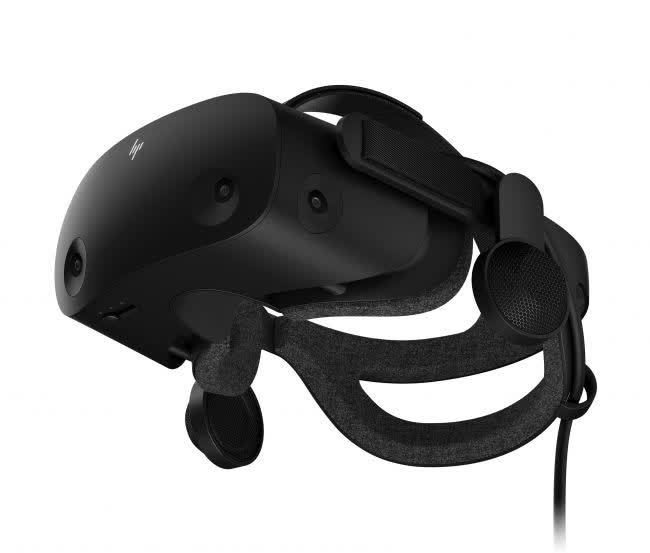
Great | Differentiating Features
Amazing displays. Easy to set up.
Good | Most Have It
Inside out tracking is good, but could be better.
Average | Competitors May Be Better
Velcro head strap. Controller tracking. Not wireless.
If you're willing to spend a bit more on your VR experience and have a strong PC to support it, there are a few headsets you can invest in. We recommend the HP Reverb G2 as perhaps the best mid-range option.
HP's headset features a 2160 x 2160 LCD screen per eye, each with a 90 Hz refresh rate, ensuring high quality and smooth visuals. These displays are among the best in the consumer VR space. Like the Quest 2, the headset also uses four cameras for inside-out tracking, removing the need for external sensors to place around your work/play space.
The headset provides the controller and motion tracking, but there have been reports of the system losing track of controllers when they're too far above or below the headset. Unlike the Quest 2, it isn't wireless and needs to be tethered to a PC.
Another discussion point of the Reverb G2 is that it supports the Windows Mixed Reality platform, in addition to SteamVR. This means you aren't required to have a Meta/Facebook account like you are with Oculus devices. With a growing community, users are finding ways to access Meta content with non-Oculus devices through the Revive software or using workarounds to enable Valve's cool Index controllers with the Reverb.
There are a few things to point out with the Reverb G2: The controllers use two AA batteries each, but users report that using commonly available NiMH rechargeable batteries can leave the controllers in low power mode with reduced haptic feedback and potentially poor tracking. The use of 1.5V batteries is recommended.
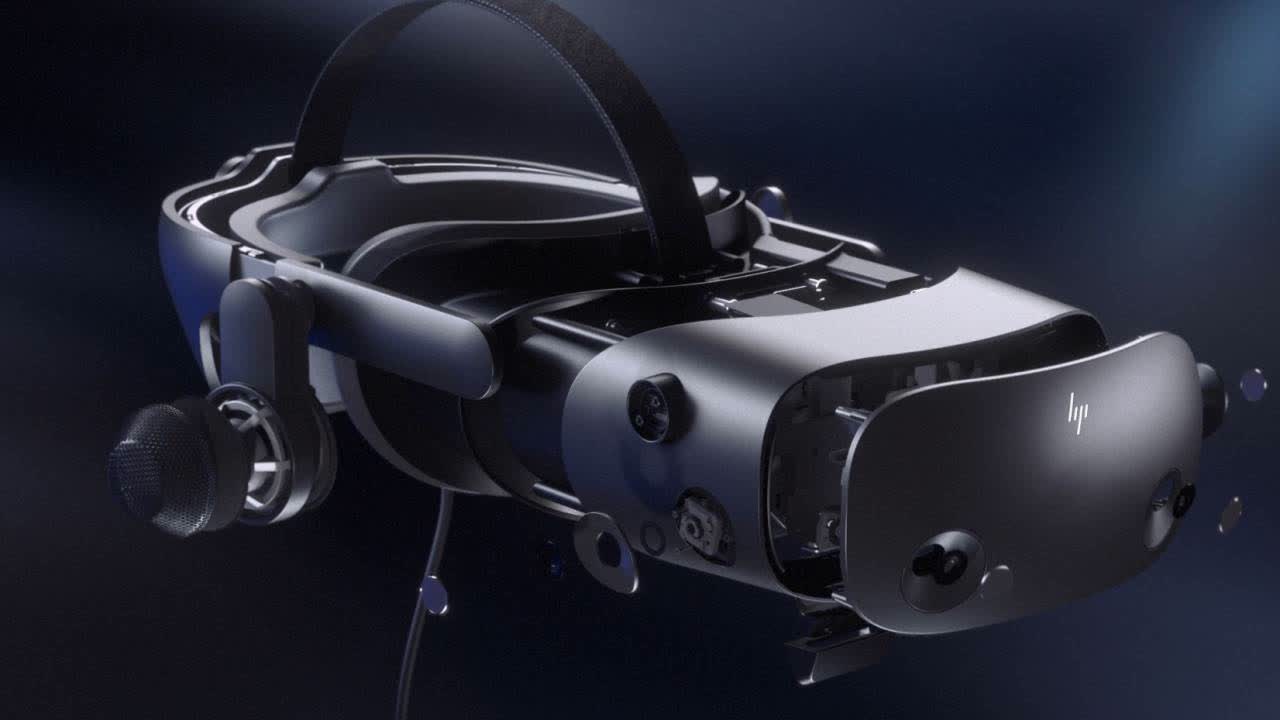
Additionally, the device features three cables: a USB-C cable, DisplayPort cable, and power cable that attach to a single box, which connects to the headset. Finally, driving a detailed 4320 x 2160 display takes serious hardware, so you should be sure to peek at the recommended hardware that suggests a GeForce GTX 1080, Radeon RX 5700 or faster GPU (the good thing is that fast GPUs are now more affordable and readily available).
A starting price of $599 (regularly marked for sale – $100-200 less if you're lucky) makes the Reverb G2 a decent mid-range option for shoppers interested in a deeper and more immersive virtual reality experience than what's found on the Meta Quest 2.
Best High-End VR
Valve Index
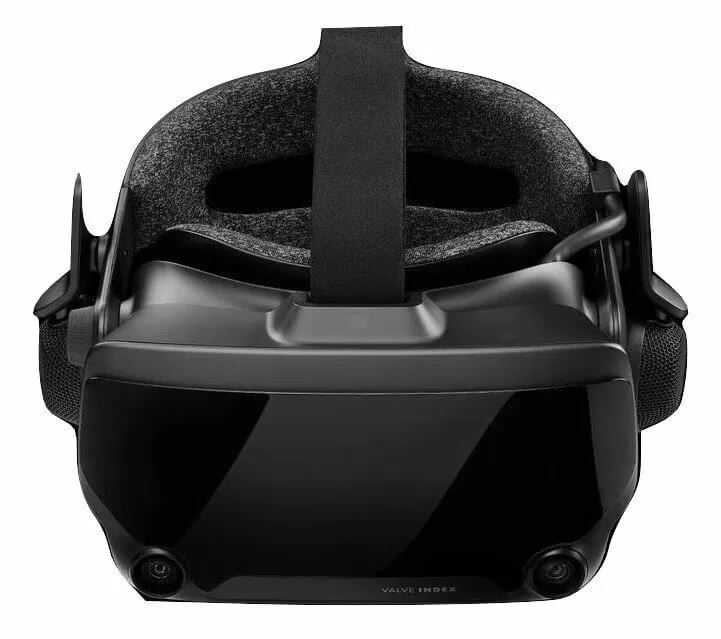
Great | Differentiating Features
Awesome controllers. Comfortable headset. High FOV (field of view). Excellent audio.
Good | Most Have It
Other headsets have higher image quality. Limited experiences have finger tracking
Average | Competitors May Be Better
Expensive. External trackers. High spec requirement.
If you're willing to spend over $1,000 on a virtual reality setup, there are a few enticing options, but we must recommend the highest-profile, high-end option in the VR gaming space: the Valve Index. This is the go-to choice for VR enthusiasts. It features two 1440x1600 LCD screens with a refresh rate that goes from 80Hz to 144Hz.
While the external tracking sensors aren't as convenient as built-in headset cameras providing inside-out tracking, they are effective, especially in combination with the Valve Index's controllers. Known by many as the "knuckles" controllers, they feature 87 sensors to track the user's hand and finger positions, to create one of the most accurate and immersive virtual reality experiences yet.
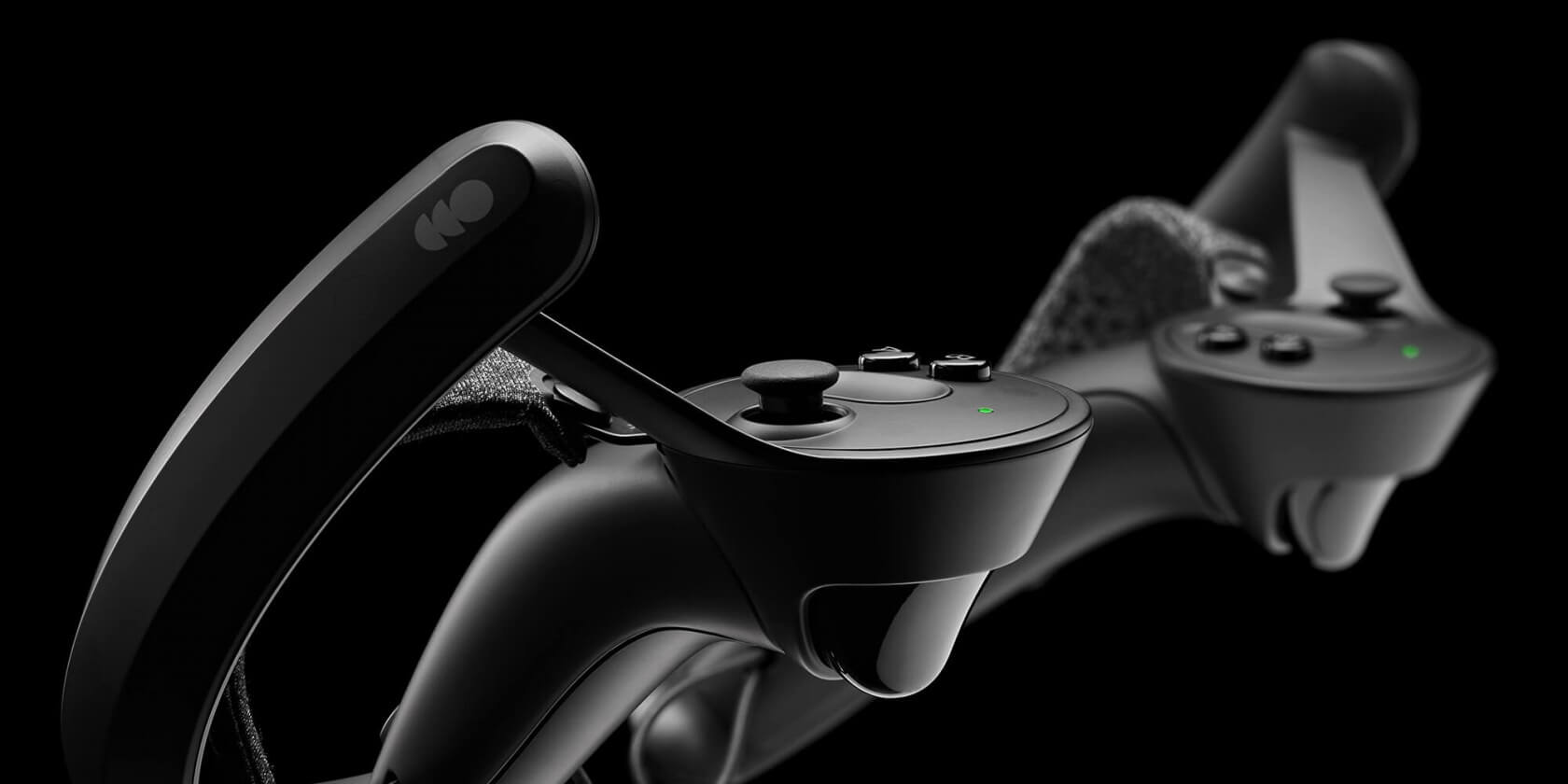
Many note the Index's wide field of view, of about 120 to 130 degrees, which is also made possible with a dial on the side of the headset to bring the lenses closer to your eyes. The headset is pretty comfortable, with plenty of adjustments and padding, while the headphones are frequently referenced as being a benchmark in providing 3D sound.
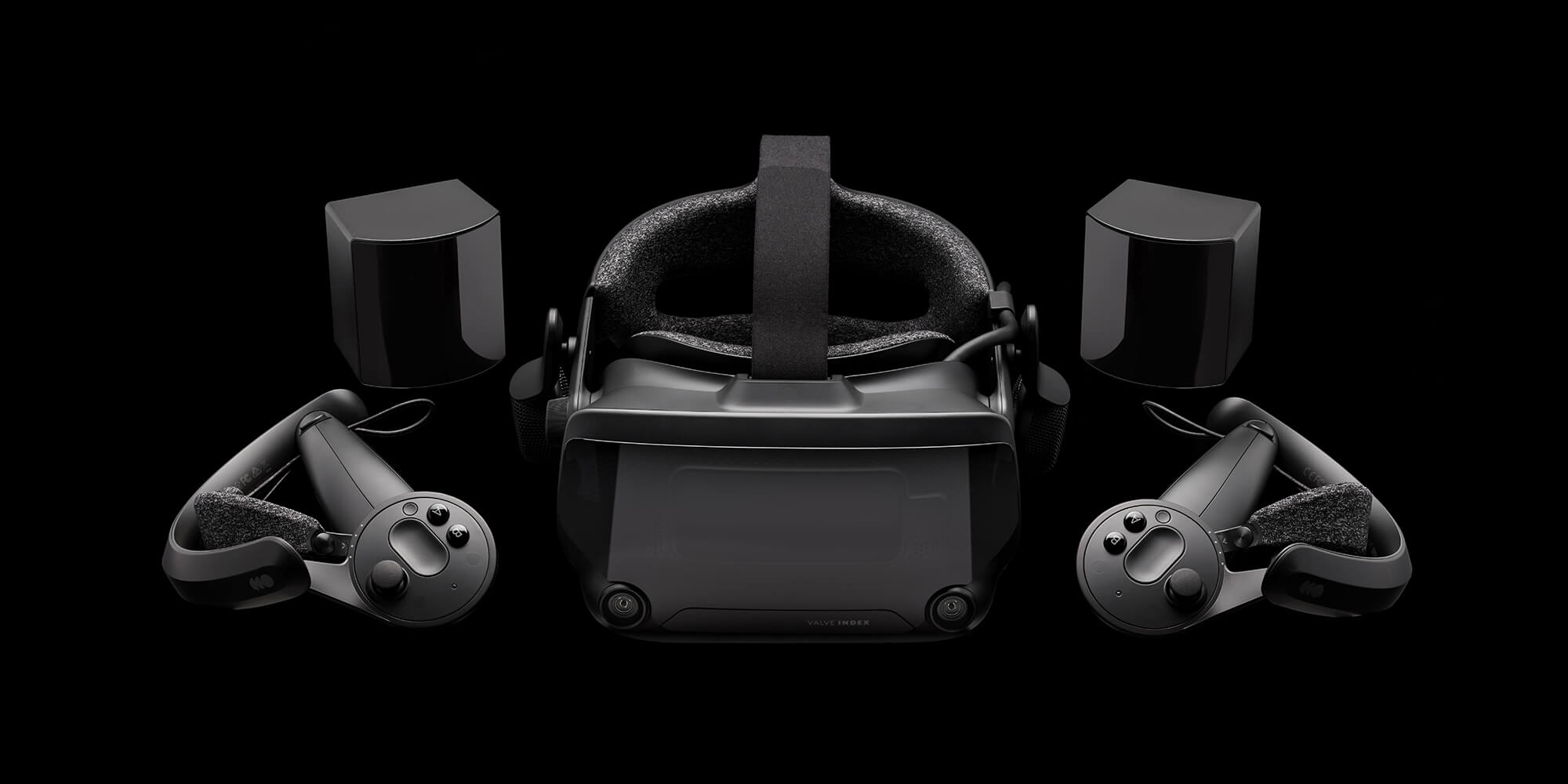
Because this is a Valve product, it works seamlessly with SteamVR and that ecosystem, which can even incorporate additional accessories and peripherals, for further immersion into the world of virtual reality. More high-end options are available like the HTC Vive Pro 2, which brings a good mix of features to the table, but for most gamers looking at a premium VR experience, the Index remains the top headset overall.
If you're spending this much on a VR headset, make sure your PC is up to snuff. Valve recommends a GTX 1070 or better, and a quad-core CPU. The GPU portion is going to be most important for VR gaming, so something in the ballpark of a GeForce RTX 3060 / Radeon 6700 XT or faster, is ideal.
